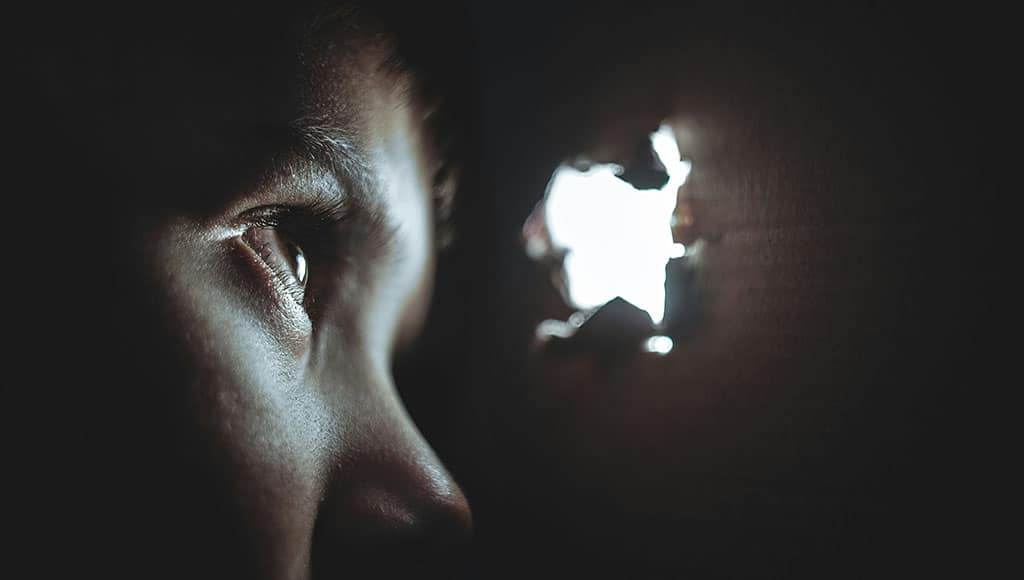A new year always brings new reports and statistics on a variety of topics. It has been reported worldwide that child-on-child abuse has risen to the highest levels ever recorded.
The United Kingdom government has illustrated that the problem is endemic, and that strategies and safeguarding procedures are clearly not working. Children are being abused by their peers on a daily basis. Tackling the problem must be a key priority for all involved in a child’s life.
Collectively, we have a responsibility to be informed about what is happening, what can happen and what can and must be done to safeguard our children from the cruellest forms of abuse.
As an educator, this matter is, and has been, an ongoing concern of mine. One of the numerous reasons that it has shocked many parents and educators is that the number of child-on-child abuse cases are growing. Action must be taken. A policy of zero tolerance by schools, educationalists, parents, and guardians must be adopted within a safe environment.
When we talk about child-on-child abuse, I refer to the abuse of one child by another. Child-on-child abuse may take a number of forms:
- Bullying: this includes face to face, cyberbullying and bullying through any form of media.
- Hate incidents: also can be online based.
- Relationship abuse: this is often referred to as teenage relationship abuse and can include online bullying associated with the relationship.
- Physical abuse: also can include an online element associated with threatening behaviour.
- Racism: verbal abuse, physical attacks, exclusion from groups and activities.
- Harmful sexual behaviour: inappropriate sexual behaviour which is harmful and or abusive, including sexual harassment and misogyny.
Any child can be and is vulnerable to child-on-child abuse. The latest research and reports detail that a high percentage of this type of abuse is online based. We need to be proactive in all areas of our children’s lives.
All outstanding schools need to take charge and assess regularly risks that their students are exposed to and ask the right questions.
Dynamic strategies put in place prior to abuse happening are absolutely key to successfully tackling the problem.
Schools need to ascertain:
- The nature and level of risk of child-on-child abuse within their student body.
- Examine the demographic of the student body. Are there areas of vulnerability?
- Test whether online abuse could happen on campus due to current internet access or lack of control of student devices that can access the internet.
- Ensure that students know and understand what child-on-child abuse is through age-appropriate lessons and the culture of the entire school.
- School operates a zero-intolerance policy, and that this is universally adhered to by all members of the school community.
- All members of the school community have both safeguarding training and ongoing training with regard to abuse.
- The school has in place a Child Protection Policy, Student Behaviour Policy, Staff Behaviour Policy, Safeguarding Policy, Online Behaviour Policy.
- All members of the school faculty are familiar with the schools’ policies and are committed and active participants in their delivery.
Parents and educators have the most important role to play in the early detection of, and appropriate management of, child-on-child abuse. It is us that lay the pathways to its prevention.
We need to know the children in our care, take time to talk to our children. We should not shy away from asking key or awkward questions if we have concerns. We should monitor our children’s behaviour, observe, and take action if something changes.
Teaching our children what is acceptable and what is not, and modelling good online behaviour is both a parents’ and educators’ responsibility.
Child-on-child abuse shows a pattern of being increasingly digitally based and now, more than ever before, it is crucial that schools work in partnership with parents to be forward-thinking and adhere to a policy of zero tolerance.
- 69% of girls over the age of 11 say that boys make toxic comments about girls and women in their daily lives!
- A quarter of Primary schoolchildren said they have been bullied in the last three months!
- 25% of sexual abuse cases involved a perpetrator under the age of 18!
- 1 in 3 children say that they have been a victim of online bullying!
Child safety doesn’t happen by accident.
By Penelope Best,
International Education Consultant




















